Network Rail has said it does not support Alliance Rail’s plans to run open access services to Marchwood and has asked how the operator plans to fund station and infrastructure improvements.
Alliance has submitted an application to run an hourly service along the currently freight-only Waterside Line to London Waterloo with others terminating at Southampton Central. Part of the plan involves reopening and eventually relocating Marchwood station.
Network Rail has said it does not support Alliance Rail’s plans to run open access services to Marchwood and has asked how the operator plans to fund station and infrastructure improvements.
Alliance has submitted an application to run an hourly service along the currently freight-only Waterside Line to London Waterloo with others terminating at Southampton Central. Part of the plan involves reopening and eventually relocating Marchwood station.
As part of the consultation process, Network Rail (NR) has asked for timescales and funding requirements for Marchwood station and Platform 5 at Southampton. At present neither are used by passenger services.
In a letter from Customer Manager Gianmaria Cutrupi dated June 27, NR said it wants to understand the implications on maintenance and signalling resources on the line that is currently controlled by semaphores.
One option, to close Marchwood Signal Box and re-signal the line is thought to be prohibitive, while the second to open the box earlier and later in the day, which could cost around £250,000.
“Network Rail is not funded in our Control Period 7 (CP7) settlement to resource Marchwood to open beyond the current hours with one member of staff,” Cutrupi wrote.
“An increase in service would need extended operating hours as required to meet both the service intent and our fatigue/rostering requirements. We are currently funded for one signaller post at Marchwood.”
Marchwood level crossing currently has manually operated gates. NR said t would need full barriers with CCTV or Obstacle Detection or, as a minimum, wig-wag (flashing light) signals for road users.
“Network Rail does not believe that the crossing can be left as it currently operates due to the additional risk from increased traffic. It is also anticipated that signaller workload will increase in Marchwood signal box. A full level crossing risk assessment is required for Marchwood and for all impacted level crossings,” NR said.
The whole line will also need a structural engineering assessment to ensure it’s fit for passenger traffic.
NR has also raised capacity concerns which it says means it cannot support the application.
It said that of the 41 weekday paths reviewed, 24 had major conflicts with no other path identified, while another 15 had minor conflicts where “a path can only be achieved with significant flexing to other services”.
Only two were found to be compliant with Timetable Planning Rules based on Alliance’s assumptions, NR said.
On the Waterside Line said Alliance had not considered how its services would affect token working, level crossing operations, power changeover (as bi-mode Class 769 units switch between diesel and electric power), opening hours and engineering access.
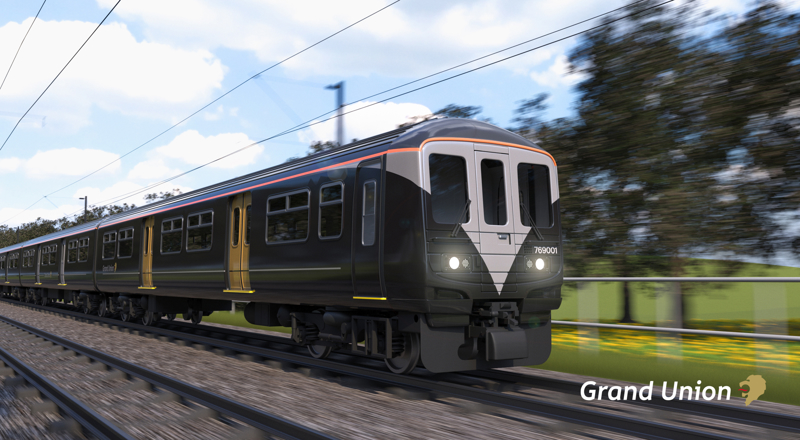
At present the line is served by up to six freight or light locomotive movements per day.
Alliance wants to run nine trains to London Waterloo Monday-Saturday with another seven terminating at Southampton. These numbers decrease to seven and five respectively on Sundays.
Responding to NR on July 16, Alliance Rail’s Managing Director Ian Yeowart said the feedback was “full of negativity” and the was “more straightforward as there are no competing applications and capacity is not an issue”.
Yeowart said that there had been “little or no feedback” from NR since a meeting on May 2 to discuss initial operations and necessary improvements.
“It is disingenuous for Network Rail to infer it awaits information on our plans when the infrastructure provider will not properly engage,” he wrote.
He said Alliance had amended its proposed paths after using a file provided by Network Rail but was unaware of capacity issues until Network Rail wrote to the Office of Rail and Road.
He also said: “We had not anticipated that Network Rail would not support the Alliance application based solely upon a draft timetable that we had developed to confirm to ourselves that capacity and paths were available, but would instead, use its understanding of its network to consider the overall capacity position.”
Alliance also noted that NR had determined its application “is to be considered only as part of the Industry Working Group looking at a new December 2026 timetable” when it submitted for rights to begin in May next year and introduce services during that timetable period.
Speaking about Southampton, where NR had raised concerns about capacity to support the services in Platforms 1-4, Yeowart wrote that Platform 5 was "not critical to operating local services, and a number of other options are available".
Yeowart also said Alliance had held meetings with NR about the Waterside Line and that the ball was in their court to move forward on infrastructure issues on the line.
“We would ask the ORR to bring pressure to bear on Network Rail in this instance to ensure that engagement is significantly improved so that progress can be made to a more realistic position on available capacity to enable ORR to be in a position to make a decision in a reasonable timeframe,” he added.
Login to continue reading
Or register with RAIL to keep up-to-date with the latest news, insight and opinion.

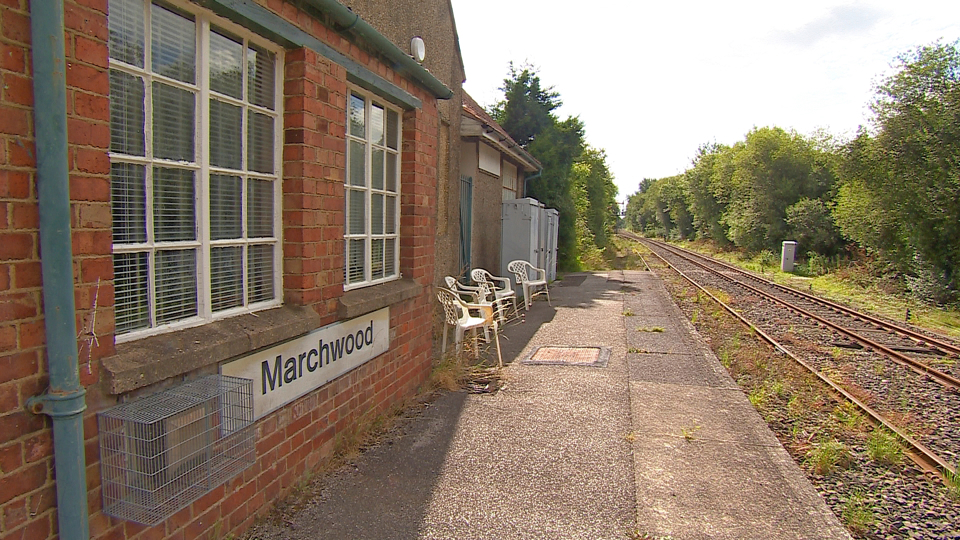

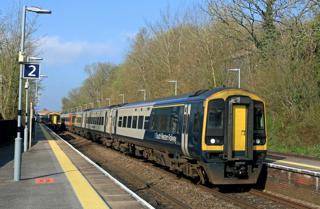
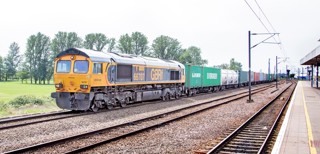
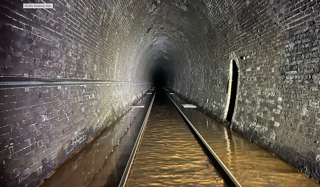
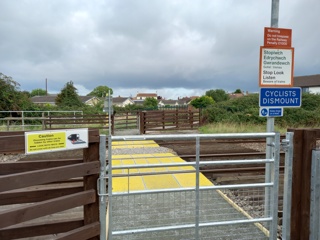
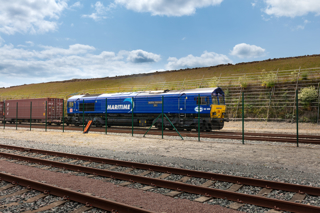
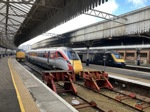
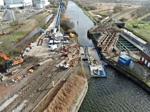
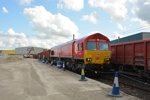
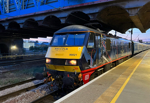
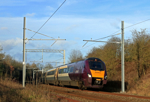
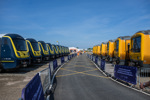





Login to comment
Comments
No comments have been made yet.